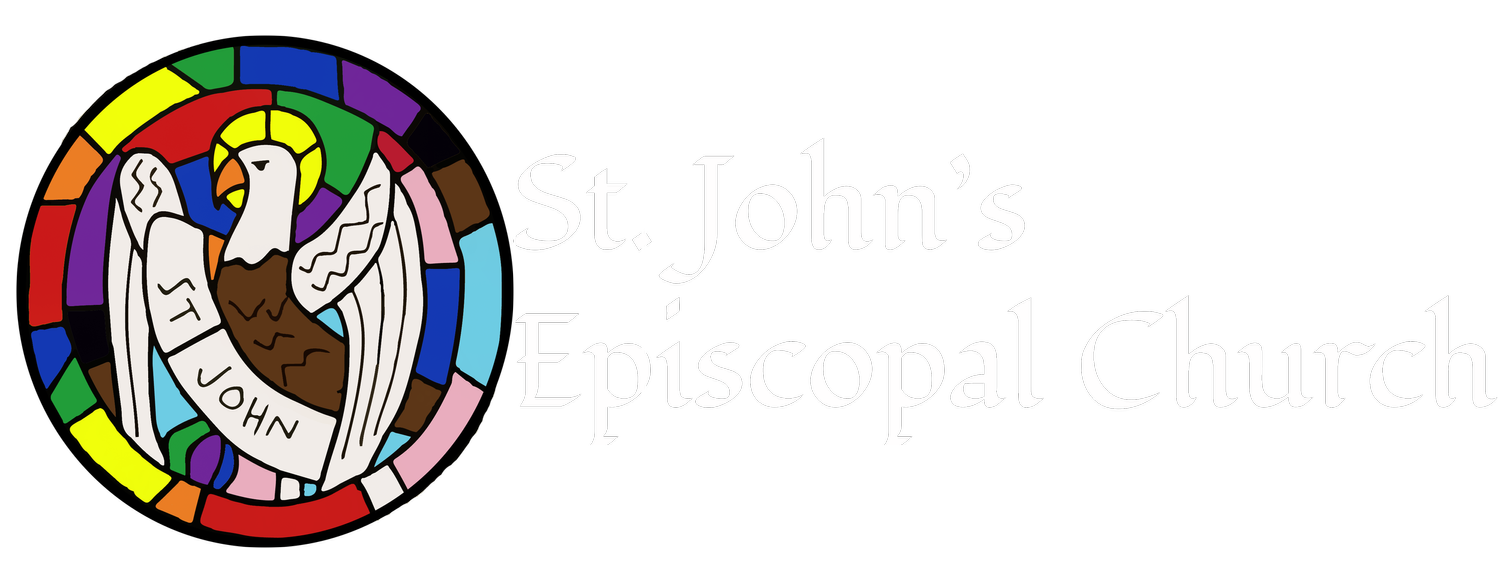Palm & Passion Sunday Reflection
Texts: Matthew 21:1-11, John 18:1-19:42
We’ve made several movements throughout our service today, from remembering the dead to shouting Hosanna, to the story of the crucifixion. It’s a bit jarring to go from waving palm branches to hearing the shouts of “Crucify him!” How could one man be praised in one moment and condemned in another? What does this all mean?
I think it’s important to begin by reflecting on what it doesn’t mean. It doesn’t mean that the Jews killed Jesus for challenging their beliefs. John’s passion narrative, which we heard today, has a history of being used as justification for Christians to go and harm Jewish people for their role in killing Jesus. In the Middle Ages it was not uncommon for Christians to leave Good Friday services where they heard this passion narrative and prayed for the Jews who killed Jesus to the streets where they committed acts of violence against Jewish people. Anti-semitism is tied in particular to this passion narrative, as more than any of the other Gospels, the Gospel of John is quick to minimize Rome’s role in the crucifixion and amplify the role of the people, often called simply “the Jews”, though more accurately would be labeled as the Jewish authorities. And John does have a beef with them.
The Gospel of John was the last of the gospels to be written and it was completed right after the fall of the temple in 70 CE. Before the temple was destroyed, Christianity was still considered part of Judaism, though it was unique in many ways. It was like how some think of the Mormon Church today, part of Christianity but very distinct. After the temple fell, Judaism had to redefine itself. Out of the temple’s destruction, a new version of Judaism, centered in synagogues, was formed. Christianity officially was separated out from Judaism at that point and what we find are two sibling religions that came out of temple Judaism. The Gospel of John was written during that time of tension and separation. The tension between Jews and Christians was heightened as the two were birthed into distinct religions.
Those who practice synagogue based Judaism today are not the people who helped plot Jesus’ death. Jesus himself taught in synagogues, along with all of his disciples. Those who brought Jesus to the Roman authorities and presented him for crucifixion were temple authorities, and the temple no longer exists. Even if it did, Jesus forgave them and we are called to forgiveness too. We cannot blame our sister religion for the sins of the parent religion that birthed us both.
I also think the switch from praise to crucifixion should not be spiritualized to mean that we are all miserable sinners who will flip a switch and kill God when the going gets tough. Those who waved palm branches and spread their cloaks out on the road for Jesus with shouts of Hosanna were not the same people yelling “Crucify him!” We condense them together, but I’m pretty sure they were two distinct groups. The first group had no power and authority. It was likely a ragtag little group. I say that because it didn’t really draw any attention from the authorities, nor was it mentioned as a reason to crucify Jesus. If the charge was that Jesus called himself a king over and against Caesar, then having this kind of procession into Jerusalem, which mirrored and mocked royal processions, would surely have been highlighted in the courts, but it wasn’t. This small procession were people who had nothing. They praised Jesus because he healed their friends and ate with them. He cared for them in a way that they had never experienced before. Those in authority paid no attention to them, but Jesus knew them by name and loved them.
Those who cried crucify him were different. They were those who had brought Jesus to Pilate and their followers. It is true that we have it within ourselves to belong to either group, but there wasn’t some magical switch from people praising Jesus to condemning Jesus. The only switch that occurred was in Jesus’ disciples. They went from saying they’d support Jesus no matter what to denying they knew him and fleeing when Jesus was arrested and brought to trial. They still knew and loved Jesus deeply, but fear of death kept them from supporting the one who was always there for them. Jesus’ death and power over the grave gave them the strength later to stand up for Jesus no matter what. They were in the process of learning that death did not have the final say. We are in that process as well today.
This upcoming week, we will journey with the disciples through that process of learning and growing. We will find ourselves challenged by the trials that caused the disciples to flee and hide. We may not be in direct danger of death, but we are reminded that discipleship comes with a cost. We can’t persecute. We can’t condemn. If we try to scapegoat one group or another, we find Jesus on the cross taking our wrath upon himself. What this perhaps means more than anything is that the more powerful people become, the more danger there is of them turning into the authorities who crucify, when it is always the people without power who hold the ultimate truth. Those who had nothing knew who Jesus was. Those who had everything did not. We should always balance ourselves out with the knowledge of our own power and balancing it with the needs of those who have less. May we grow this week with the disciples in our knowledge of what it means to follow Christ. Amen.
